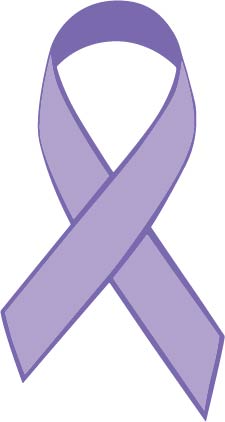Domestic Violence During the Pandemic
In March 2020, COVID-19 was declared as a national pandemic by the World Health Organization. This declaration quickly led to quarantines and months of shelter in places. These shelter-in-place orders were implemented with the intention to keep families safe and healthy. However, they seem to have led to another serious issue, domestic violence. Oxford Languages defines domestic violence as “violent or aggressive behavior within a home, typically involving the violent abuse of a spouse or partner.” The uncertainty that the pandemic created caused a peak in various forms of stress and increased reports of mental illness, including anxiety and depressive disorders. The American Psychological Association states that “84% of adults reported feeling at least one emotion associated with prolonged stress.” The most common of these emotions were sadness, anxiety and anger. As of March 5, 2020, six in ten adults who are not retired said that the overall economic effect of the pandemic will make it more difficult to achieve their financial goals. According to the National Network to End Domestic Violence, violence within a household is three times more likely to occur if a couple is struggling financially. Economic stress has been a large repercussion of COVID-19 and is still being experienced by millions. Since COVID-19 and its destructive repercussions have swept across the world, reports of domestic violence have increased and are continuing to rise.
While many factors contribute to domestic violence, there seems to be a clear link between the pandemic and an increase in household violence. Worldwide, this trend can be seen. Since March 17, 2020, the Minister of the Interior reported a 30% increase in domestic violence across France. Increases in phone calls to emergency response numbers also reflect the trend of increased domestic violence. Because fewer people were out and about, the general crime rate has dropped about 25%. This statistic was created through a collection of crime logs from five American cities: Los Angeles, Memphis, Chicago, Kansas City and New Orleans. The Economist reported that between March 19 and March 24 of 2020, in the cities just referenced, crime fell 25% while domestic violence rates rose about 5%. This increase was seen at the very beginning of the pandemic and was observed based on only a week of shelter in places. In other countries,
such as China, domestic violence rates have tripled during the pandemic in comparison to before March of 2020. Some countries have attempted to begin combating the recent increase. After France’s 30% increase in domestic violence rates, government-run ‘drop-in centers’ located near supermarkets have opened as a resource for victims. These centers provide domestic abuse victims short-term aid as well as allow victims to learn about other resources that are available to them. The French government has also been allowing domestic abuse victims to stay in hotels at the government’s expense. In Denmark, the government has set up many additional shelters to help the surge of domestic violence victims. These resources have begun to help those affected by domestic violence during the pandemic, but the rates for these types of crimes have continued to rise.
Domestic violence reports and occurrences do seem to be on the rise since the beginning of the COVID-19 pandemic but there are some limitations to this assumption. Although drastic steps are being taken to
stop the spread of this deadly disease, the pandemic began in March of 2020 and is still ongoing. Studies have shown that the impact of natural disasters can be seen in the months and even up to a whole year following the disaster. While COVID-19 is not classified as a natural disaster, the two have many of the same repercussions, like financial hardships, added stress and lack of resources. This being said, it would be difficult to conclusively say how much domestic violence reports will rise due to COVID-19.
Based on statistics about the rise of domestic violence after natural disaster incidents and because of the similarities between natural disasters and the Coronavirus pandemic, it is not difficult to infer that these types of crime rates are likely to increase as the pandemic continues to progress. In Othello, Washington after the eruption of Mount Saint Helens, it was found that domestic violence rose 46%. These shocking statistics related to the rise of these types of crimes can be seen succeeding most natural disasters like Hurricane Katrina, a 7.0 magnitude earthquake in Haiti, and the “Black Saturday” bushfires that occurred in Australia. Although the coronavirus pandemic is still ongoing, it is not difficult to infer that domestic violence rates will continue to rise in the wake of the pandemic based on its similarities to natural disasters and their subsequent increases in domestic violence reports.
Coronavirus reached the United States in March 2020. Many other countries have seen the effects of the pandemic long before this. To combat the pandemic, over 100 countries implemented shelter in place orders and required those who contracted the virus to quarantine. These measures have forced families to remain in the same place for long periods of time. While these measures were meant to keep families safe, they have been linked to an increase of domestic violence.




